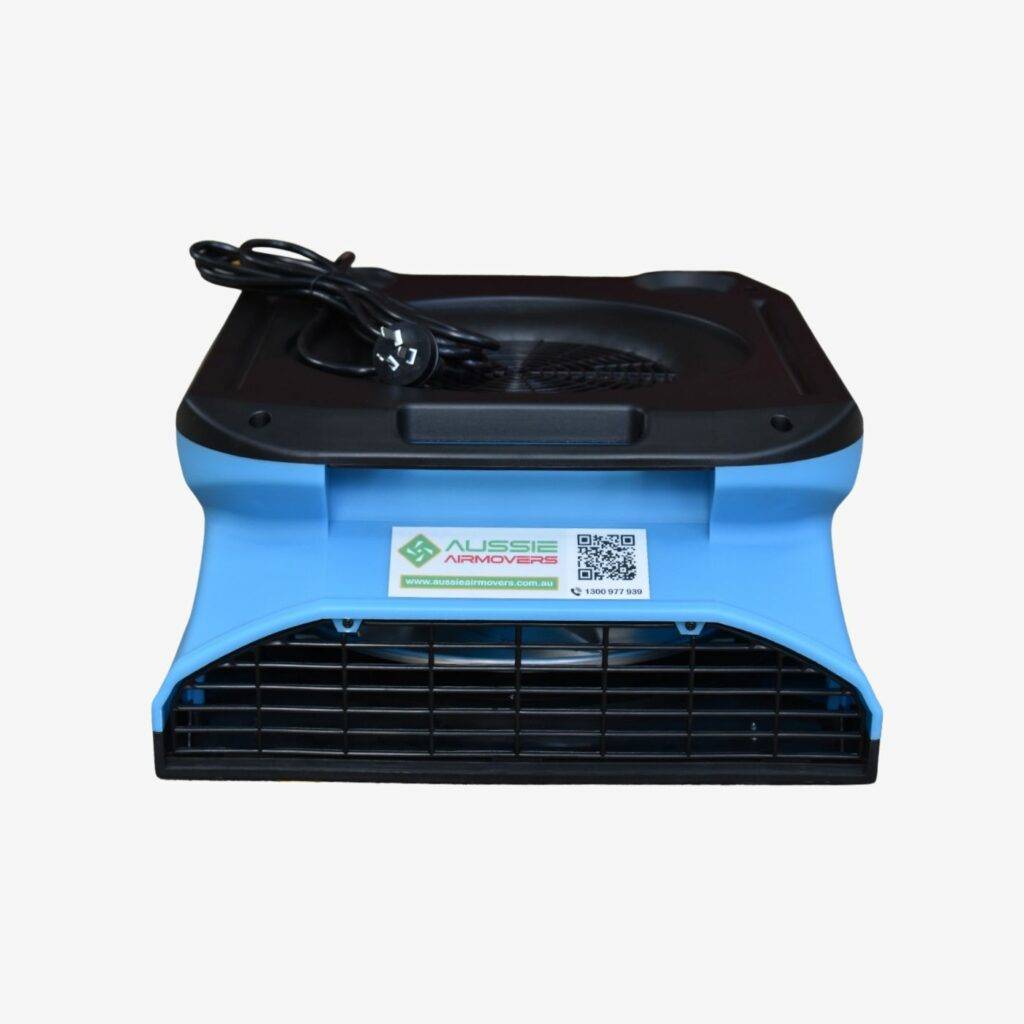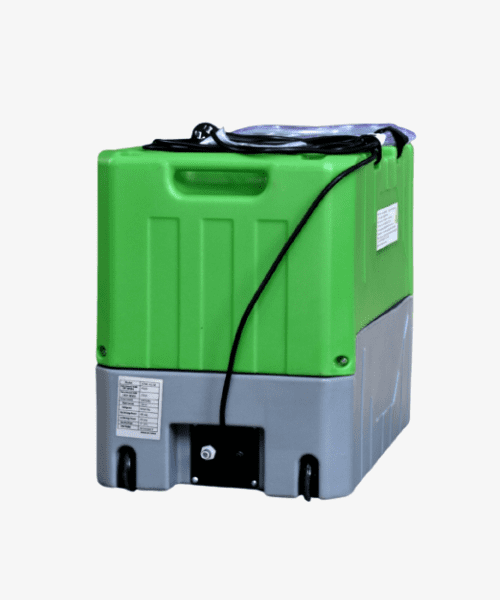Mould damage restoration is the process of removing and repairing mould that has grown on your property. The mould can be removed from the structure or it can be left in place. Mould is often found on buildings constructed before 1950 because these materials were not treated with preservatives, which would have prevented mould growth. The presence of mould can also indicate a problem with your heating system or air conditioning system because it thrives when moisture levels are high and temperatures are warm.
What is mould?
Mould is a microscopic fungus that grows on organic materials such as wood, paper, fabric and food. It can also grow on some types of metals and concrete. The spores of mould are very small—approximately one-tenth the size of a human hair—and are easily transported in air currents or water droplets. Once they land on an item to which they can attach themselves, the spores begin to germinate into new colonies called mycelia (singular: mycelium). This process begins with the growth of a single thread called a hypha that extends out from the spore in all directions like roots growing through the soil. Mycelia then produce additional threads known as branched hyphae that form long strands known as pseudopodia (singular: pseudopodium). The branching hyphae allow for more surface area for absorption by other materials and increase their ability to absorb nutrients from their surroundings. As these threads continue to grow longer, they become thinner until eventually, they break off into smaller pieces known as conidia (singular: conidium), which are released into the environment where they may spread quickly throughout your home or building. Conidia look like tiny grains of dust and can be dispersed throughout your home by wind currents or water droplets when you clean up after cleaning mouldy items such as carpets or furniture. These particles may settle onto surfaces such as walls, floors and ceilings where they will start new colonies if conditions are favourable for them to do so.
How does mould grow in a property?
Mould growth occurs when water-borne materials such as wood, paper and cotton are exposed to moisture for long periods of time. This results in the growth of fungal spores that can cause structural damage to buildings and other structures. Damage caused by fungi may include the Collapse of walls and ceilings, walls and ceilings that are blackened or discoloured, structures that appear to be rotting from the inside out, and cracks in walls and ceilings. The other main reason for mould growth is flood water and wet carpets. If the carpet is not properly treated and dried, water can damage it and mould can grow quickly. Decon Solutions Australia also offer water damage restoration services that prevent further growth of mould in your house.
How do I know if a building is damaged by mould?
The presence of visible mould growth indicates that there is damage to the structure. If you suspect that your home has been damaged by mould, we suggest you to contact a NAMC-verified mould testing company for assistance in assessing the extent of the damage and determining what remediation measures are required.
How does Mould damage restoration work?
The removal of mould starts with a visual inspection of your property to determine if there are any visible signs of mould growth, such as blackened walls, damp patches or discoloured ceilings. If you have any concerns about the condition of your home, we recommend that you contact us for an inspection prior to undertaking a full remediation service. We will then provide you with a detailed report detailing all areas where there is potential for mould growth and how much remediation may cost depending on what type of treatment would be most suitable for your home. Our team will also make recommendations regarding which types of treatments should be used to remove the mould and prevent future growths from occurring again.
How Can I Prevent Mold Growth in My Home?
Although it is difficult to completely prevent mould growth, there are steps that can be taken to limit the number of mould spores in your home and reduce the likelihood of them growing into colonies. The most important step you can take is to clean up any areas where mould has grown or been released from its source. You should also keep your house as dry as possible by avoiding excess water damage (such as leaks) and keeping windows closed when it’s raining outside. If you do have a problem with moisture, try using an air conditioner or dehumidifier during hot weather months instead of running the A/C continuously.
For more information about how to prevent or remove mould growth please call us from anywhere in Australia at 1300 707 028

